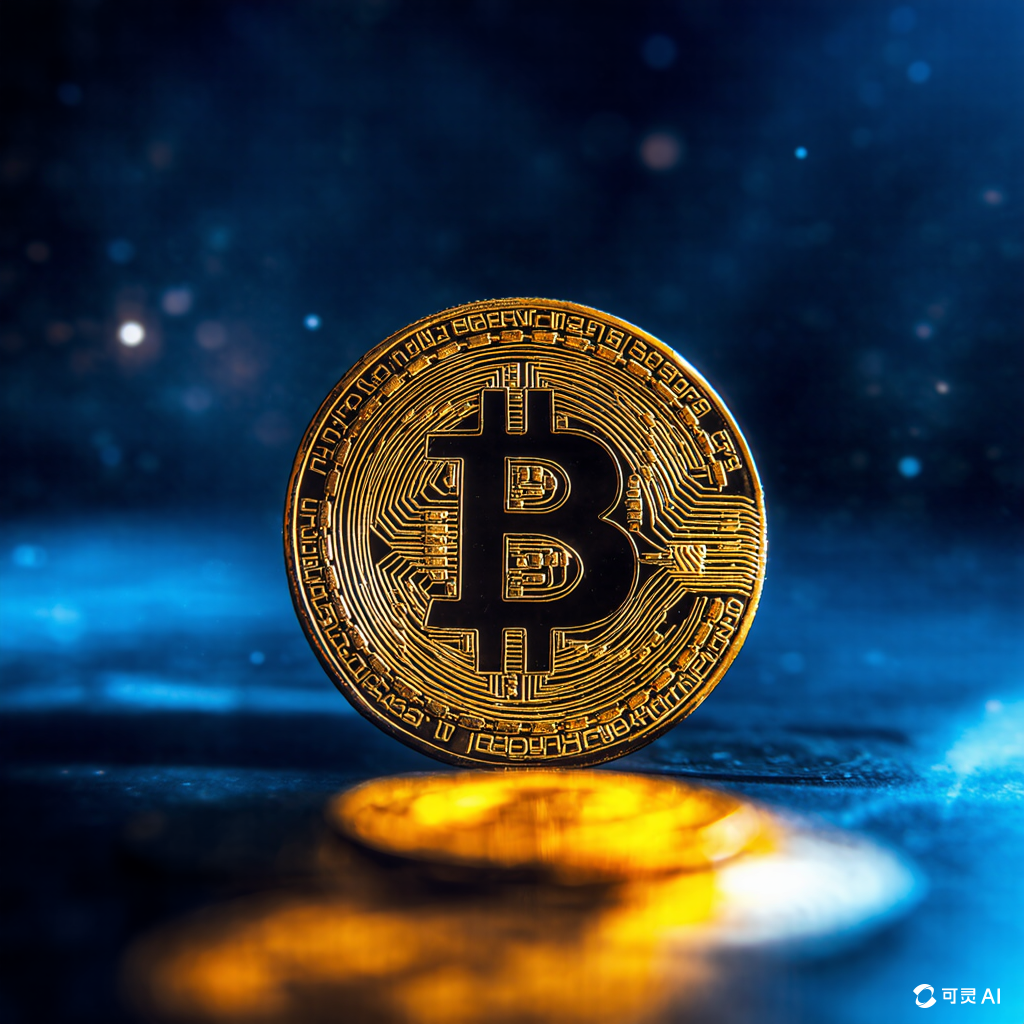Who Is Satoshi Nakamoto? The Mystery Behind the $120 Billion Bitcoin Fortune Ranked 11th Richest in the World
Satoshi Nakamoto’s Identity: Who is Satoshi Nakamoto and why is their identity still a mystery?
Satoshi Nakamoto’s Identity: The Mystery < < < .container { max-width: 800px; margin: auto; background: #fff; padding: 20px; border-radius: 8px; box-shadow: 0 4px 6px rgba(0, 0, 0, 0.1); } p { text-align: justify; } strong { color: #e74c3c; } a { color: #2980b9; text-decoration: none; } a:hover { text-decoration: underline; }
Wealth Distribution: How Does Satoshi Nakamoto’s Wealth Compare to Other Billionaires?
Satoshi Nakamoto, the pseudonymous creator of Bitcoin, remains one of the most enigmatic figures in modern history. While their true identity has never been definitively confirmed, it is widely believed that they own approximately 1 million Bitcoin (BTC), which at its peak valuation in November 2021 reached nearly $3 trillion. To put this into perspective, if we assume Satoshi still holds these coins today (despite some estimates suggesting they may have sold off portions over time), their net worth would fluctuate dramatically with the price of Bitcoin.
As of recent data, Bitcoin’s price hovers around $30,000 per coin. This places Satoshi Nakamoto’s estimated wealth at approximately $30 billion—placing them comfortably within the ranks of the global elite but far from the top tier of traditional billionaire lists. For comparison, Jeff Bezos, Elon Musk, and Bernard Arnault—the world’s wealthiest individuals—each boast personal fortunes exceeding $100 billion.
Why Isn’t Satoshi Nakamoto Among the Top-Ranked Billionaires?
Despite holding what could be considered a massive fortune, Satoshi Nakamoto’s wealth doesn’t rank among the highest because much of their assets remain locked away in Bitcoin addresses tied to the early days of cryptocurrency development. These addresses are publicly visible on blockchain explorers, yet no transactions have been recorded from them since the early 2010s. Some speculate that Satoshi either lost access to their private keys or deliberately chose not to sell any coins, effectively keeping their wealth “off-market.” In contrast, most billionaires listed on the Forbes Rich List regularly trade stocks, real estate, and other liquid assets, allowing their wealth to grow more predictably over time.
The Role of Cryptocurrency in Wealth Redistribution
Bitcoin was designed as a decentralized system aimed at disrupting traditional financial hierarchies by creating an open, transparent, and permissionless network. However, critics argue that Bitcoin itself has inadvertently contributed to wealth concentration. As the first and largest cryptocurrency, Bitcoin has become a store of value akin to digital gold, attracting investors seeking high returns. Over time, this has led to the accumulation of significant wealth by early adopters like Satoshi Nakamoto, while newer entrants face steep barriers to entry due to rising prices and market volatility.
Moreover, the decentralized nature of cryptocurrencies challenges conventional notions of wealth distribution. Unlike centralized systems where governments regulate monetary policy, crypto markets operate independently, often favoring those who understand technology and take risks early on. This dynamic highlights both the revolutionary potential of blockchain technology and its current limitations in achieving true economic equality.
Conclusion
While Satoshi Nakamoto’s wealth is undoubtedly impressive, it serves as a reminder of the unique characteristics of Bitcoin and the broader crypto ecosystem. Unlike traditional billionaires whose wealth stems from diversified portfolios and active management, Satoshi’s fortune remains largely static and tied to a single asset class. Whether this reflects intentional strategy or oversight remains unclear—but it underscores the complexities of measuring wealth in a rapidly evolving digital age.
For now, Satoshi Nakamoto stands as both a symbol of innovation and a cautionary tale about the pitfalls of concentrating power—even in a supposedly egalitarian system. As the crypto landscape continues to evolve, so too will our understanding of how such vast sums fit into the larger picture of global wealth distribution.











